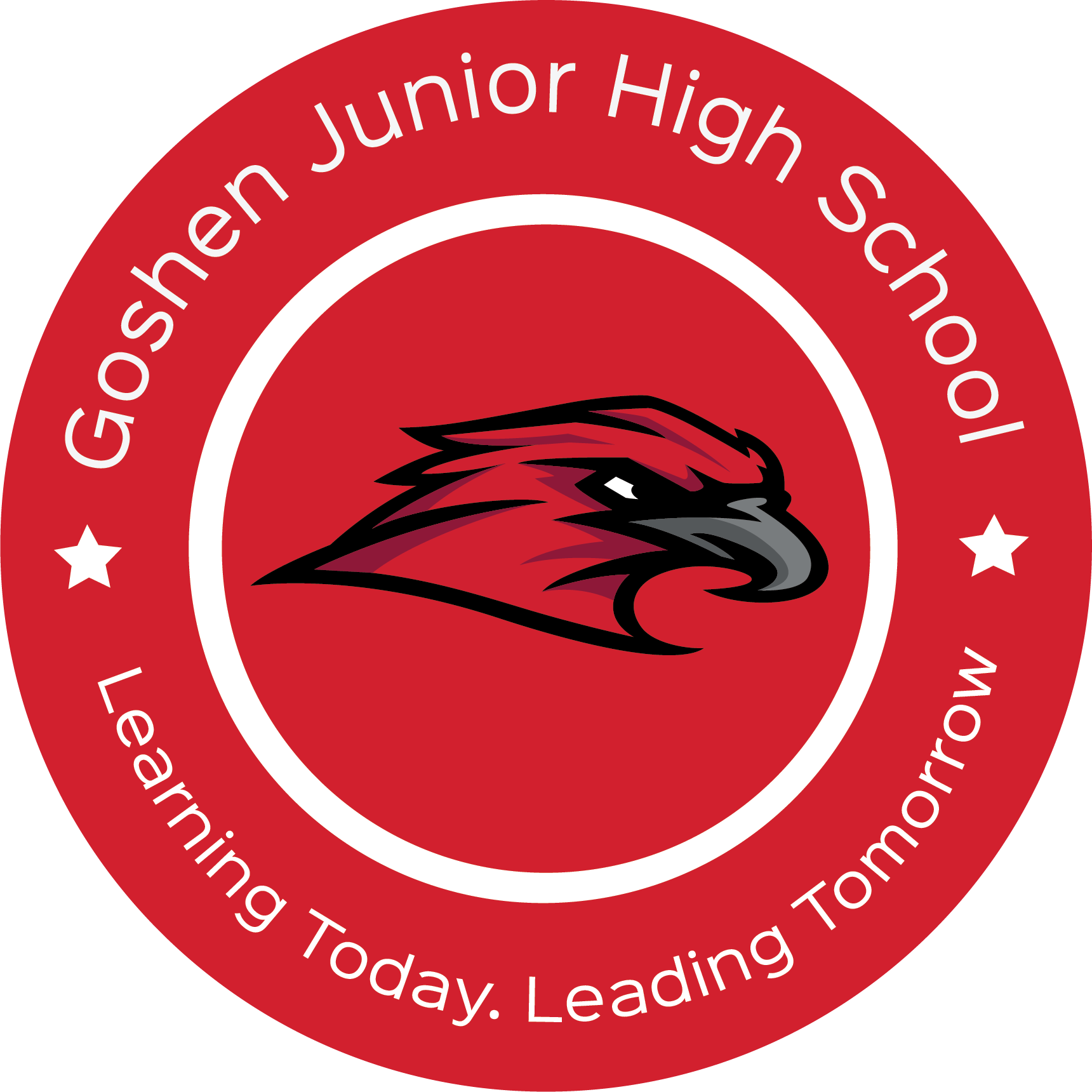GMS Focus Standards
GMS Focus Standards
Window C
November 9th, 2015 – Dec. 18th
|
Reading |
|
|
6th |
Reading **6.RL.3.2: Explain how an author develops the point of view of the narrator or speaker in a work of literature and how the narrator or speaker impacts the mood, tone, and meaning of a text. *6.RL.4.2: compare and contrast works of literature in different forms or genres (e.g. stories and poems; historical novels and fantasy stories) in terms of their approaches to similar themes and topics. Vocabulary *6.RV.3.1: Determine the meaning of words and phrases as they are used in works of literature, including figurative and connotative meanings; analyze the impact of a specific word choice on meaning and tone. 6.RV.3.3: Interpret figures of speech (e.g. personification) in context.
Informative Writing 6.W.3.2: Write informative compositions on a variety of topics. |
|
7th |
Reading *7.RL.3.1: Analyze how a work of literature’s structural elements such as subplots, parallel episodes, climax, and conflicts contribute to its meaning and plot. *7.RL.3.2: Analyze how an author develops and contrasts the points of view of different characters or narrators in a work of literature. *7.RL.4.2: Compare and contrast a fictional portrayal of time, place, or character and a historical account of the same period as a means of understanding how authors of fiction use or alter history. Vocabulary *7.RV.3.1: Determine the meaning of words and phrases as they are used in works of literature, including figurative and connotative meanings; analyze the impact of rhymes and other repetitions of sounds (e.g. alliteration) within a story, poem, or play. 7.RV.3.3: Interpret figures of speech (literary, religious, and mythological allusions) in context.
*7.W.3.2: Write informative compositions on a variety of topics. |
|
8th |
Reading *8.RL.3.2 Analyze a particular point of view or cultural experience in a work of world literature considering how it reflects heritage, traditions, attitudes, and beliefs *8.RL.4.2 Analyze how works of literature draw on and transform earlier texts. Vocabulary *8.RV.3.1 Analyze the meaning of words and phrases as they are used in works of literature, including figurative and connotative meanings; analyze the impact of specific word choices on meaning and tone, including analogies or allusions to other texts 8.RV.3.3 Interpret figures of speech (e.g., verbal irony, puns) in context. Narrative Writing 8.W.3.3 Write narrative compositions in a variety of forms |
|
Math |
|
|
6th |
6.NS.5: Know commonly used fractions (halves, thirds, fourths, fifths, eighths, tenths) and their decimal and percent equivalents. Convert between any two representations (fractions, decimals, percents) of positive rational numbers without the use of a calculator. *6.C.3: Solve real-world problems with positive fractions and decimals by using one or two operations. 6.C.4: Compute quotients of positive fractions and solve real-world problems involving division of fractions by fractions. Use a visual fraction model and/or equation to represent these calculations.
Prerequisites: Add, subtract and multiply fractions. (Correlates with Grade 4 Standards 4.C.5,
Divide fractions by whole numbers and whole numbers by fractions. (Correlates with Grade 5 Standards 5.C.5
Use area models for fraction or decimal computation situations. (Correlates to Grade 5 Standards 5.C.7 and 5.C.8)
Fluently add, subtract, multiply and divide whole numbers. (Correlates to Grade 3 Standards 3.C.1, 3.C.6, Grade 4 Standards 4.C.1, 4.C.4, and Grade 5 standard 5.C.1)
|
|
7th |
7.C.5 Compute unit rates associated with ratios of fractions, including ratios of lengths, areas and other quantities measured in like or different units. *7.C.6 Use proportional relationships to solve ratio and percent problems with multiple operations, such as the following: simple interest, tax, markups, markdowns, gratuities, commissions, fees, conversions within and across measurement
Prerequisite: Understand ratio concepts and use ratio reasoning to solve problems. (Correlates to Grade 6 standard 6.NS.8,9,10)
|
|
8th |
8.NS.3 Given a numeric expression with common rational number bases and integer exponents, apply the properties of exponents to generate equivalent expressions. 8.NS.4 Use square root symbols to represent solutions to equations of the form x^2 = p, where p is a positive rational number. *8.GM.8 Apply the Pythagorean Theorem to determine unknown side lengths in right triangles in real-world and other mathematical problems in two dimensions. 8.GM.9 Apply the Pythagorean Theorem to find the distance between two points in a coordinate plane 8.GM.7 Use inductive reasoning to explain the Pythagorean relationship. Prerequisites:
Understand the inverse relationship between squaring and finding the square root of a perfect square integer. Find square roots of perfect square integers (Correlates to Grade 7 standard 7.NS.2))
Represent numbers in radical form (irrational) and to approximate these numbers as rational.
|


